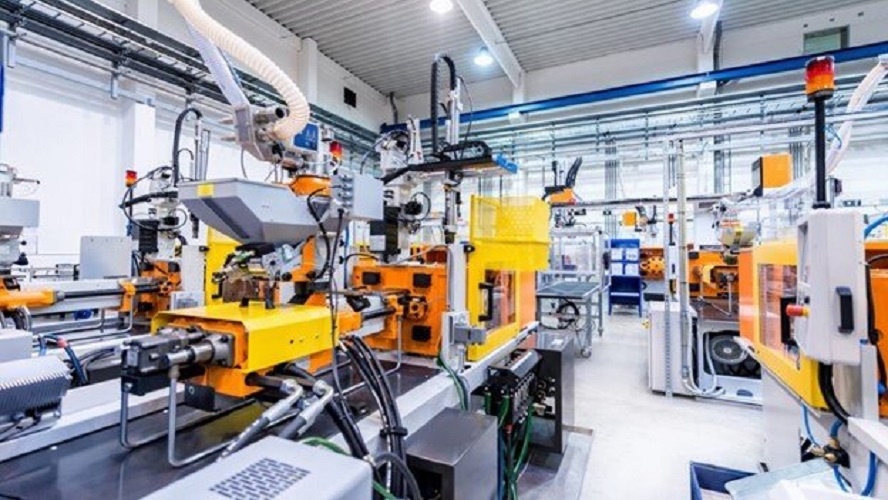Full Industrial Automation
Full Industrial Automation: Revolutionizing the Manufacturing Industry
In today’s rapidly evolving technological landscape, industries are under constant pressure to seek out innovative solutions that will help them to increase efficiency, boost productivity, and drive higher levels of overall performance. Among the many groundbreaking advancements that are quickly revolutionizing the industrial sector, full industrial automation is proving to be one of the most game changing.
Futurists around the world have already taken to heart just how significant of an impact this comprehensive approach to automation – which leverages the power of advanced technologies like artificial intelligence (AI), machine learning (ML), the Internet of Things (IoT), and robotics to automate and integrate every aspect of the manufacturing chain – can be. And the deep trip full industrial automation has allowed companies to take towards better, faster, stronger is largely because of the huge uptick in operational efficiencies that are enjoyed by companies when they go this route.
By leveraging a full stream approach to the automation of everything from assembly line operations to quality control, inventory management, and logistics to supply chain management as well as maintenance and optimization of the manufacturing process overall, full industrial automation allows for a seamless chain of data and support to exist between all machines, all systems, and all relevant data, all of the time. It allows companies to reach a level of operational efficiency and accuracy that would have been impossible to even imagine just a few short years ago.
The Key Components of Full Industrial Automation
In order to grasp just how revolutionary full industrial automation has been, it’s essential to explore the key components that make this type of approach to manufacturing the game changer that it’s widely known as being. Below, we’ll explore each of these elements in turn at a little bit more specific detail.
Machine Learning: Machine learning algorithms provide machines with the ability to analyze data, identify patterns, and improve performance over time – all without explicit programming. With this capability, full industrial automation systems are able to significantly enhance production accuracy, optimize energy consumption, and even predict and resolve potential bottlenecks before they even occur.
Internet of Things (IoT): The IoT leverages universal connectivity and data exchange across different devices and systems. By incorporating IoT sensors into their operations, manufacturers now have instant access to information about machine performance, environmental conditions, and even the logistics of their supply chain. The insight gained from this data drives faster and more informed decision-making, supports preventive maintenance, and enables optimized resource consumption across the board.
Data Analytics: Full industrial automation also generates a wealth of data which can then be utilized in a myriad of ways. By employing advanced data analytics tools and techniques, manufacturers can glean actionable insights from this data, identify opportunities for further optimization, and make data-driven decisions which positively impact overall business performance.
The Benefits of Full Industrial Automation
The evidence in favor of full industrial automation is clear – and the benefits for manufacturers are vast. Let’s take a look at some of the advantages this paradigm shift offers:
Increased Efficiency: By eliminating manual intervention, reducing the risk of human error, and optimizing entire processes, full industrial automation allows manufacturers to function more effectively than ever. In doing so, automating industries can enjoy faster production cycles, optimized resource consumption, and superior product quality.
Cost Reduction: Automating the tasks which were once completed by human operators serves to reduce labor costs significantly, while also minimizing rework and reducing the overall consumption of a variety of resources. At the same time, predictive maintenance capabilities work to ensure that all equipment remains consistently up-and-running, as they’re able to identify and rectify issues long before a breakdown occurs – thus reducing service costs, avoiding downtime, and keeping human intervention to a minimum.
Enhanced Safety: With automated machinery taking on many potentially hazardous tasks, the risks to human workers are effectively mitigated. By minimizing human exposure to the most dangerous of environments, full industrial automation ensures that accidents are a thing of the past, and that workers can enjoy the safest working environment possible.
Scalability and Flexibility: Full industrial automation also delivers great flexibility and scalability in production. With the capability to quickly and cost-effectively adapt to fluctuating levels of demand within the marketplace, scale production volumes up or down, and even bring new product lines to market, manufacturers are able to make major changes to their operations quickly and with minimal disruption – affording them a serious competitive advantage.
Improved Quality Control: Automation systems ensure consistent product quality using advanced algorithms to minimize variability and errors in production processes. By constantly monitoring the production parameters by using sophisticated sensors and AI algorithms, the manufacturer can identify the deviation in real-time, take the necessary corrective actions and ensure the product quality before it gets shipped. This invariably leads to better product quality, and thus, customer satisfaction.
Higher Productivity: Full industrial automation allows manufacturers to achieve higher production rates and increased output volume. Production bottlenecks are eliminated, and workflows are optimized, refactored and modified to improve the end-to-end process. This results in reducing the non-valuable, yet necessary activities, increased throughput, minimal downtime and maximum efficiency in meeting market needs.
Data-driven Decision Making: With the ever-increasing integration of data analytics into full industrial automation, manufacturers now have unprecedented access to production data. By analyzing this data, manufacturers can uncover valuable insights into an area for improvement, drive resource optimization and make better, more informed decision that drive operational excellence.
Competitive Edge: By embracing full industrial automation, manufacturers are able to gain a significant competitive advantage in the marketplace. They are able to deliver higher-quality products, with greater consistency at a lower cost. The increased productivity and flexibility of full industrial automation also allows for faster delivery times from a manufacturing facility to a customer.
Challenges in Implementing Full Industrial Automation
Despite the benefits, there are certain challenges that must be overcome when implementing full industrial automation. Here are a few of them:
Initial Investment: There is an upfront cost associated with full industrial automation. This cost, allows a manufacturer to purchase new cutting-edge tech, incorporate robotics, re-think their infrastructure and train employees in a new way. These investments in a down-to-the-core change will have a drastic impact on work on the back-end, and generally, these move save these organizations a incredible amount of time, energy and money on the back end.
Workforce Adaptation: The move into full industrial automation may require additional training of an organization’s existing workforce to help them to operate and maintain, or manage the new automated systems. Manufacturer’s might also need to look outside their current workforce for new employees with the necessary skills to operate this new and highly automated conveyance.
Data Security and Privacy: Full industrial automation is intimately tied to data collection and sharing. All the data that is collected holds potential value in the improvement of system performance. However, it is essential that manufacturers put in place the proper safeguards to ensure that production data cannot be hacked or stolen.%cipowering.ai_2L%
Manufacturers implementing full industrial automation may experience a range of integration challenges. This category of automation requires the seamless integration of various technologies, machines, and systems into an entirely automated ecosystem. To achieve this, manufacturers must ensure the compatibility, interoperability, and smooth data exchange between the different elements of an automation system.
Resistance to change may also be a challenge for companies implementing full industrial automation. Employees may fear job displacement or may be uncomfortable with the dramatic changes that complete automation may render to their roles. However, clear communication, employee involvement in the automation process, and an emphasis on upskilling can help alleviate resistance and lead to a smooth transition.
FAQs about Full Industrial Automation
What is full industrial automation?
Full industrial automation involves the complete incorporation of advanced technologies, such as robotics, artificial intelligence, machine learning, and the Internet of Things, to automate and improve manufacturing processes.
What are the benefits of full industrial automation for manufacturers?
There are many benefits of full industrial automation for manufacturers. Implementing these technologies can lead to increased efficiency, predictable production scheduling, time and cost savings, improved safety, scalability, better quality control, reduced downtime, productivity gains, data-driven decisions, and a competitive edge for the manufacturer.
What are the key components of full industrial automation?
The key components of full industrial automation are robotics, artificial intelligence, machine learning, the Internet of Things, and data analytics.
What challenges might manufacturers face when implementing full industrial automation?
Manufacturers face a number of challenges when implementing full industrial automation, such as the initial cost of investment, adaptation of the existing workforce to the new technologies introduced, privacy and security of data, complexities of integration between different technologies and systems, and resistance to change from the workforce.
How can manufacturers overcome the challenges of full industrial automation?
To overcome the challenges of full industrial automation, manufacturers must carefully budget for and plan any initial investment involved, offer training and support for the workforce as they adapt to new technologies, institute robust security measures to ensure the safety of their data, work to proactively address integration issues, and take steps to create a culture that embraces change throughout the transition.
What does the future hold for full industrial automation?
The future of full industrial automation is promising. As technologies like 5G, artificial intelligence, machine learning, data analytics, and the Internet of Things continue to advance, we can expect even greater integration, greater AI capabilities, better connectivity, and increasing automation in the entirety of manufacturing processes.
Conclusion
As one might expect, full industrial automation is nothing short of a game changer for the manufacturing industry. The multitude of benefits that come along with leveraging robotics, AI, machine learning, and the IoT include unmatched levels of efficiency, productivity, and quality control. The streamlining of processes, the reduction in costs, the increased safety, and the greater emphasis on data-driven decision-making have provided — and will continue to provide — manufacturers with a competitive edge in a cutthroat market.
Although there are certain challenges that accompany full industrial automation (initial costs of adoption and workforce adaption come to mind), there’s no question as to which side of the cost/benefit analysis wins here. With proper planning, employee training, and a concerted effort to secure the mass amounts of data generated/manipulated during production, manufacturers can and will come out ahead with the shift toward automation.
And looking into the future, the prospects of full industrial automation thanks to the advancements in AI, robotics, and connectivity clearly have manufacturers licking their collective chops, if you will. From further automation and predictive maintenance across the factory floor, to resource utilization being greatly optimized, the days ahead are truly bright and ripe with possibility.
In short? Let’s just say that full industrial automation isn’t just a in vogue strategy — it represents the next chapter in operational efficiency, quality control, and productivity, enabling manufacturers to remain competitive, adjust to what’s happening on the fly in the market, and continue to innovate. Rather, full industrial automation isn’t simply a choice, really; it’s a necessity in the digital age.
-
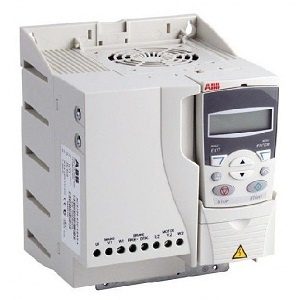
AC Drives (17919)
-
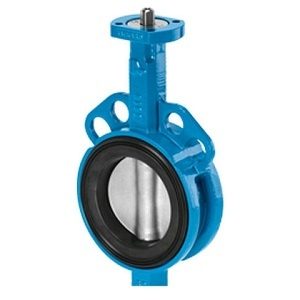
Butterfly Valve (236)
-
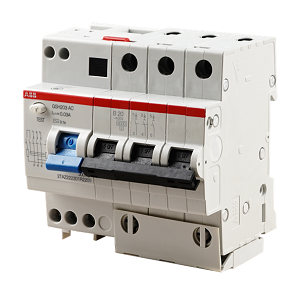
Circuit Breaker (2226)
-
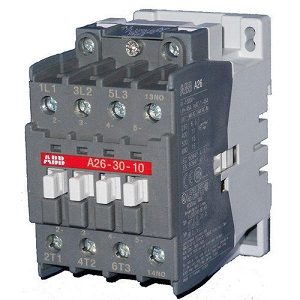
Contactor (567)
-
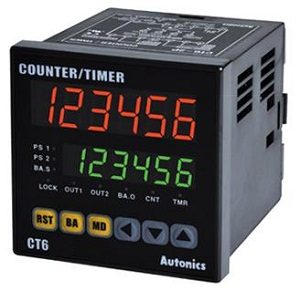
Counter (78)
-
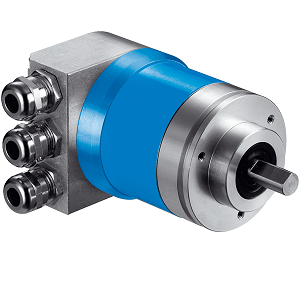
Encoder (117)
-
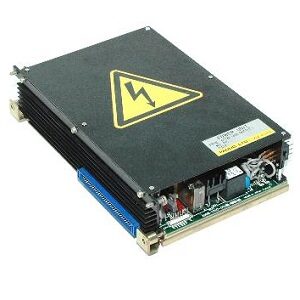
Fanuc Main Board (1376)
-
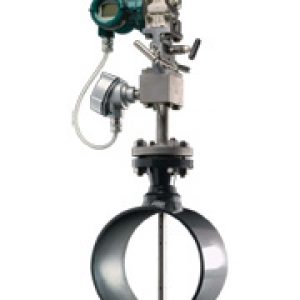
Flow Transmitter ( Flow meter) (36)
-
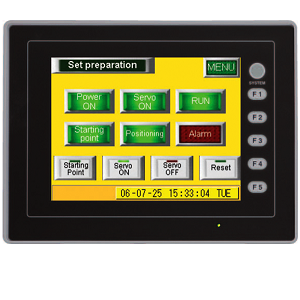
HMI/Touch Screen (582)
-

Inverter (941)
-
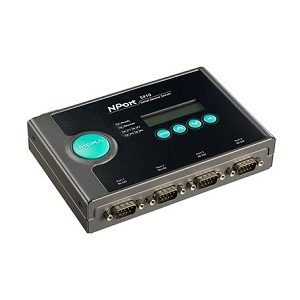
Network/Signal (4)
-
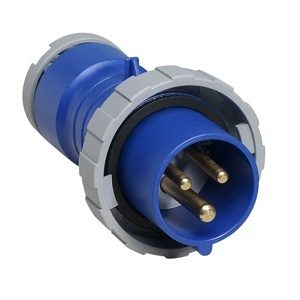
Others (4683)
-
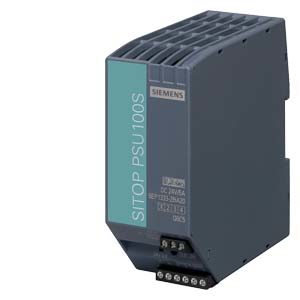
Power Supply (218)
-
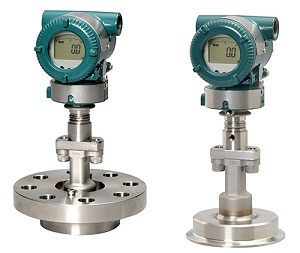
Pressure Transmitter (61)
-

Programmable Logic Controller (PLC) (6283)
-
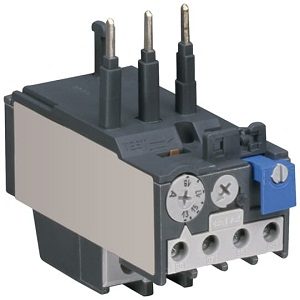
Relay (927)
-
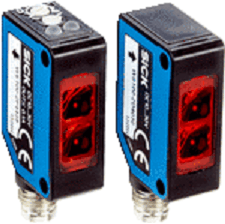
Sensor (2159)
-
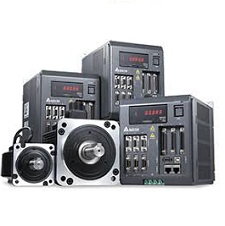
Servo Motors & Motor Drives (4347)
-
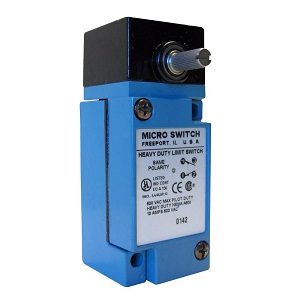
Switch (899)
-
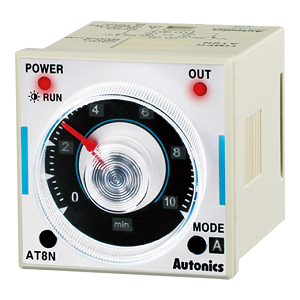
Timer (93)
-
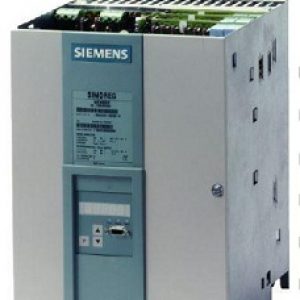
Uncategorized (1152)
-
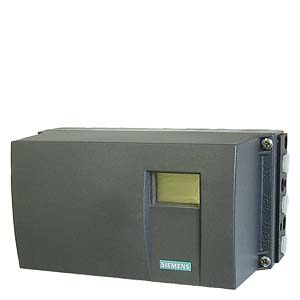
Valve controller & manifolds (15)
-

Variable Frequency Drives (VFD) (258)
-

Yokogawa Remote Indicators (16)
- Post published:June 13, 2023
- Post category:Automation

